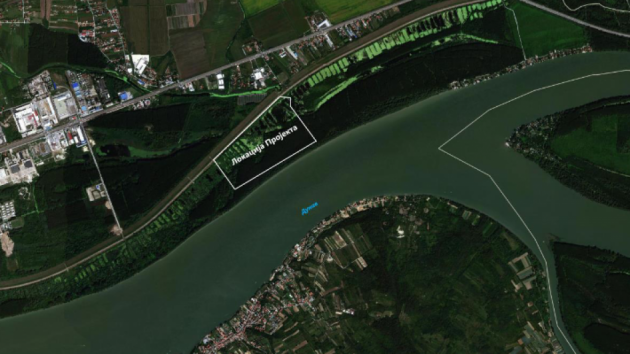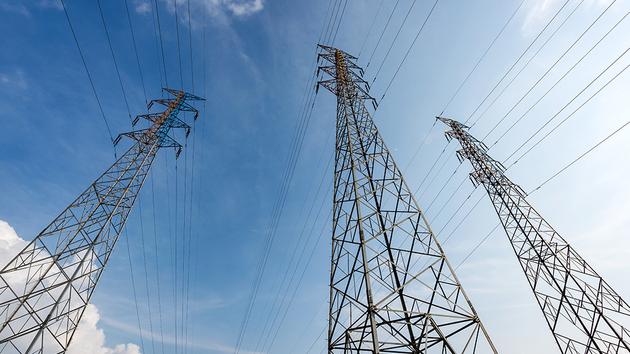To What Extent Did Protected Areas Collect тАЬEco FeesтАЭ from Motor Vehicles in 2022? тАУ Kopaonik 28 Million, Fruska Gora Nearly 6 Million, Mokra Gora DoesnтАЩt Want to Say, Ministry (Not) Controlling
Source: eKapija
 Wednesday, 30.08.2023.
Wednesday, 30.08.2023.
 11:16
11:16
 Wednesday, 30.08.2023.
Wednesday, 30.08.2023.
 11:16
11:16
The toll booth in Mokra Gora right after the border crossing (Photo: Milutin Labudovi─З)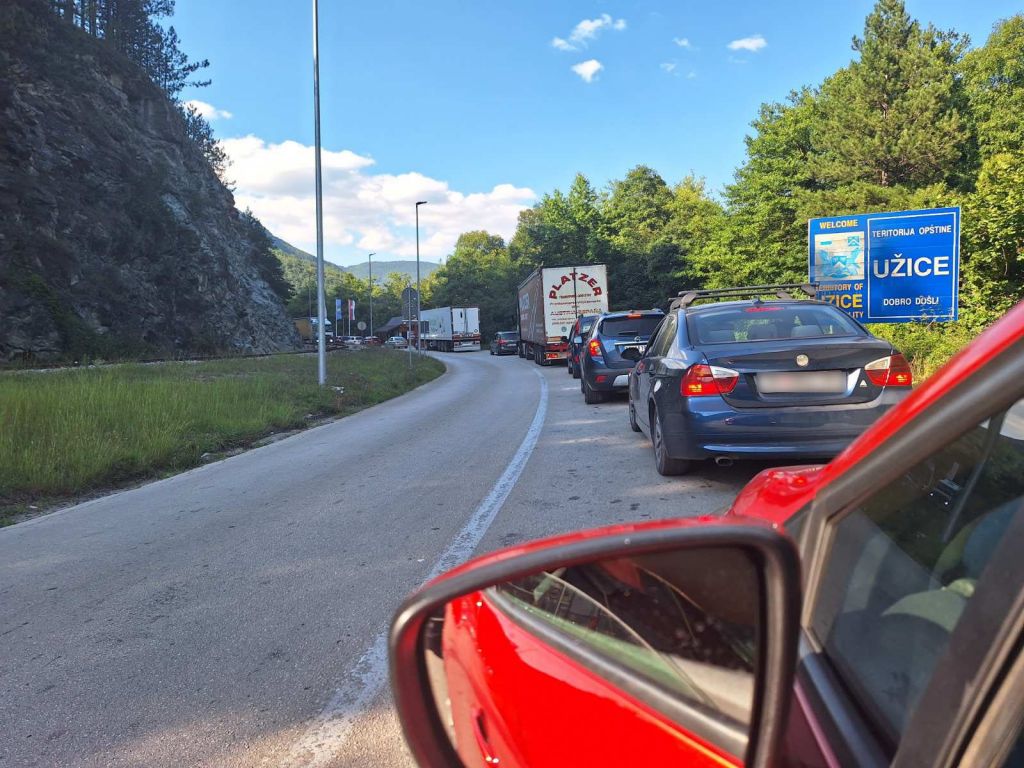

Whether they are truly doing so is the topic that the eKapija portal has decided to look into. How much money have the managers of protected areas collected so far, what have they used it for precisely, who controls what the money is spent on? тАУ are just some of the questions we asked those in charge.
Most responded, but some remained silent, and thereby failed the first transparency test. The Mokra Gora Nature Park, where the collection first started, and which is specific for the fact that the toll booth is located right next to the border crossing, so everybody heading that way to Republika Srpska has to pay the fee, did not send us the data. We donтАЩt know what their revenues from the collection of this fee are, but looking at the publicly available financial report for 2022, it can be seen that the operating income amounted to RSD 60,457,000.
What about the others? Based on the Law on the Fees for the Use of Public Goods, which was adopted in 2018, the managers of protected areas are obliged to adopt the Decision on Fees and implement it. However, most donтАЩt.
In order to implement the fee for the use of motor vehicles, technical conditions have to be secured as well, that is, the installation of entry gates. So far, the National Park (NP) Kopaonik and the National Park (NP) Fruska Gora have done so. The former has collected RSD 120 million based on this fee so far, whereas the latter had an income of nearly RSD 6 million last year.
However, as the eKapija portal learns, NP Djerdap and the Stara Planina Nature Park are considering implementing the collection, whereas NP Tara is currently completing the finishing works on the second entry gate in the Kaludjerske Bare location, so the fee is expected to start being collected the as well in the spring of next year.
NP Kopaonik тАУ EUR 1 million in six years
NP Kopaonik is the first national park in Serbia which implemented, in 2017, charging the fee for the use of motor vehicles in a protected area, as the executive director for legal and economic affairs of NP Kopaonik, Predrag Sumarac, reveals for the eKapija portal, in 2022, based on the fee for the use of motor vehicles in the national park, RSD 28 million was collected. Since the time the collection of the fee was implemented, in October 2017, RSD 120 million has been collected, that is, around EUR 1 million.
Electronic collection which means that there is no stopping at the toll booths at the entrance to the park, reducing the traffic jams, was introduced in February this year.
The funds, our interviewee notes, have been used for the financing of various activities planned within the Management Program.
тАУ Among those activities are research projects, on which 8-9 million dinars was spent, the renovation of footpaths, the monitoring of the flora and the fauna, educational workshops, promotional activities, the printing of publications. Also, we are working on the construction of a breeding ground for wild deer, and food is being secured for wild boars тАУ Sumarac says.
The beginning of the collection of the fee led to many negative reactions from the visitors to Kopaonik (Photo: Nedzad Crnovrsanin/unsplash)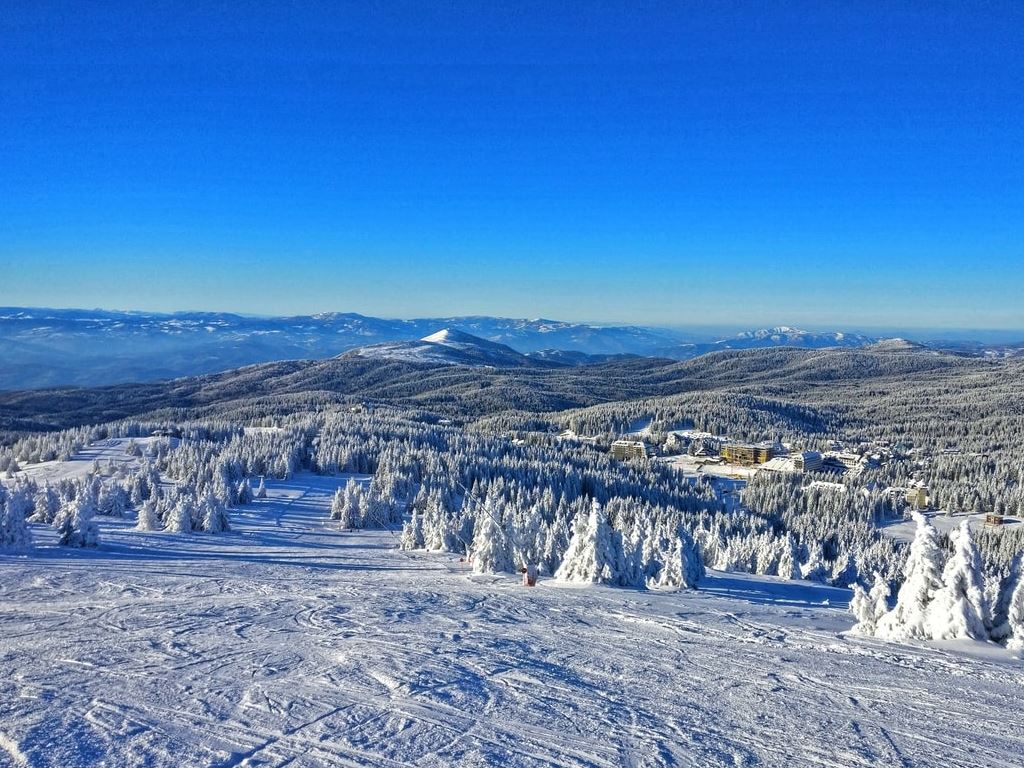

The fee for cars is RSD 300 a day, RSD 800 a week and RSD 2,000 a year, for van vehicles RSD 500 a day, for buses and trucks RSD 700 a day.
Official vehicles, hybrid vehicles, employees in the national park, pensioners with the lowest earnings, people with disabilities, are exempt from paying the fee. This doesnтАЩt apply to the residents of the municipalities of Brus and Rasko, for which, as Sumarac explains, there is no legal basis for exemption from payment, because it only applies to the citizens who live in the protected area.
The beginning of the collection of the fee led to many negative reactions from the visitors to Kopaonik. However, things are different now, our interviewee says.
тАУ When we started introducing the collection, it was new to the citizens and it led to many complaints. However, with time, the resistance has dropped, because people see that the funds are invested purposefully. Of course, there are still people who complain, but that number is small тАУ Sumarac notes.
NP Fruska Gora тАУ Nearly 6 million last year
The oldest national park in Serbia set the fee for the use of motor vehicles in the protected area in February 2019. Last year, based on the fee, RSD 5,934,600.00 was collected, the acting director, Zivko Cvetkovic, reveals for the eKapija portal. The funds, he says, were put into the protection and upgrading of the National Park Fruska Gora.
тАУ In 2022, 19,782 fees for motor vehicles were collected in line with the Decision on the Fees for the Use of Vehicles in the Protected Area, although several thousand motor vehicles pass through NP Fruska Gora each day in transit without paying the eco fees тАУ Cvetkovic notes.
Citizens who live in the protected area, employees in the space of the protected area, officials, as well as people with disabilities or special needs, are exempt from paying the fees for the use of the protected area. The daily fee for passenger vehicles and motorcycles is RSD 300.
тАУ The advantage of collection of the fee for the use of the protected area is that funds are collected for the maintenance and upgrade of natural and created values in the protected area тАУ Cvetkovic concludes for our portal.
What is the Mokra Gora Nature Park hiding?
Most of our interviewees point out that the funds collected this way are paid to the special-purpose accounts and used transparently. Still, there is no transparency when it comes to the Mokra Gora Nature Park, the first protected area in Serbia which implemented fee collection in February 2007, when the director of the Mokra Gora Nature Park was the director Emir Kusturica, who was in that position until 2013.
Since the toll booth is right next to the Kotroman border crossing, the fee has to be paid by all the vehicles which are going that way toward Republika Srpska and those which are returning to Serbia. This, then, is a serious amount which is collected on an annual level. How serious, we donтАЩt know, because the Mokra Gora Nature Park has not answered the questions sent by the eKapija portal, which is why we have also sent an official request for access to information of public importance.
While we are waiting for the answer, we remind that the current fee for cars in this area is RSD 200, van vehicles with a trailer pay RSD 400, buses and cargo vehicles RSD 500, tow trucks RSD 800.
Official vehicles and Red Cross and humanitarian aid vehicles, vehicles registered in the municipalities of Uzice, Bajina Basta, Visegrad, as well as vehicles registered by persons with disabilities, are exempt from paying the fee.
Traffic jam at the toll booth in Mokra Gora (Photo: Milutin Labudovi─З)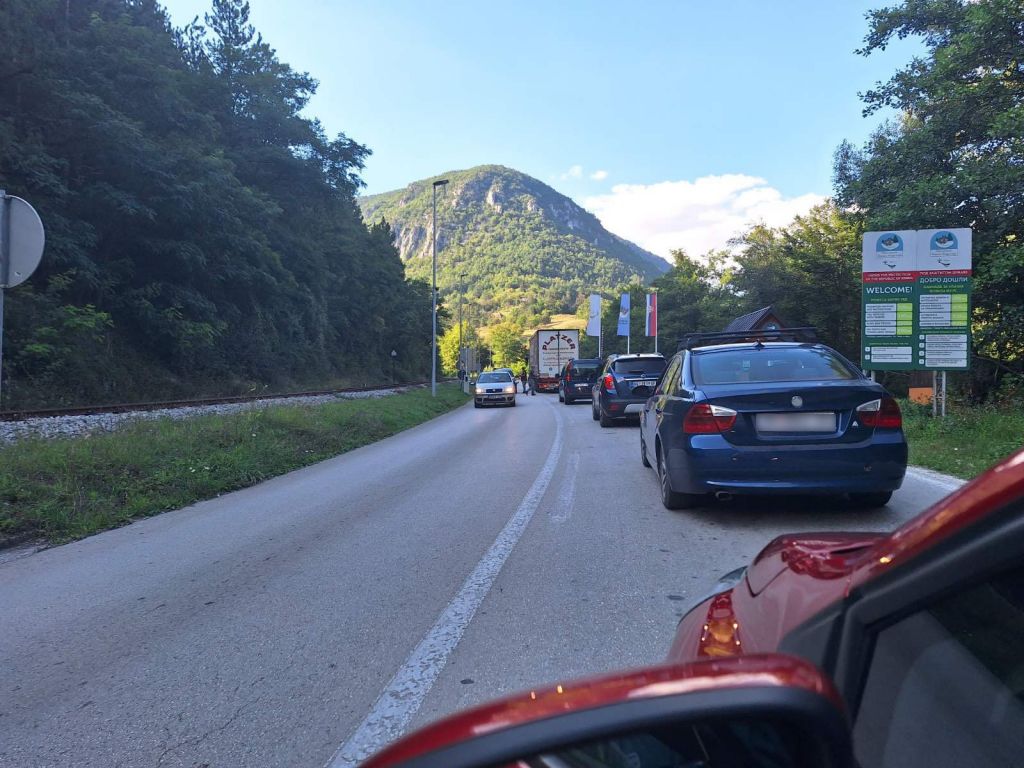

Let us remind that the Mokra Gora Nature Park was registered in 2005 as a limited-liability company. In the financial report for 2022, publicly available on the website of the Serbian Business Registers, it is said that the total revenues in 2022 amounted to RSD 60,556,000. Of that, operating revenues are RSD 60,457,000. In the structure of operating income, there is income from the sale of products and services in the local market (RSD 47,489,000) and income from premiums, subsidies, grants, recourse and tax repayment (RSD 12,968,000). As said, compared to the previous year, the operating income is 9.7% higher. As of December 31, 2022, the company had 24 employees.
Who controls the controllers? The ministry will (not) say
In addition to Mokra Gora, the Ministry of Environmental Protection is silent as well. According to the law, the income realized from the fee for the use of the protected area belong to the manager and are paid to the account of the areaтАЩs manager. The managers claim that a special-purpose account is opened, which is used for the protection and upgrade of the area.
But who controls the controllers and the further distribution of those fund тАУ we donтАЩt know, unfortunately, because the Ministry of Environmental Protection, despite the promises, has not answered our questions, among which are:
тАУ How much money has been collected so far from the eco fees in the areas where it is collected, since this was established? (Mokra Gora Nature Park, NP Kopaonik, NP Fruska GoraтАж)
тАУ What is the money used for precisely? Do protected areas send you data on what the money from the eco fees is used for? Who controls the use of that money?
If the ministry had answered to these (in)disputable questions, maybe there would be fewer negative reactions, such as those mentioned at the beginning of the article, against the implementation of this and similar fees. This way, we can only hope that the citizens will continue having understanding for new charges which are implemented without further explanation. Because thatтАЩs the way it goes.
Marija Dedic
Companies:
 Ministarstvo za┼бtite ┼╛ivotne sredine Republike Srbije
Ministarstvo za┼бtite ┼╛ivotne sredine Republike Srbije
 JKP Nacionalni park Kopaonik
JKP Nacionalni park Kopaonik
 JP Nacionalni park Fru┼бka gora Sremska Kamenica
JP Nacionalni park Fru┼бka gora Sremska Kamenica
 Park prirode d.o.o. Mokra Gora
Park prirode d.o.o. Mokra Gora
 Park prirode Stara planina
Park prirode Stara planina
 Nacionalni park ─Рerdap
Nacionalni park ─Рerdap
 JP Nacionalni park Tara Bajina Ba┼бta
JP Nacionalni park Tara Bajina Ba┼бta
Tags:
Ministry of Environmental Protection
NP Kopaonik
NP Fru┼бka gora
Mokra gora Nature Park
NP ─Рerdap
Stara planina Nature Park
NP Tara
Predrag ┼аumarac
┼╜ivko Cvetkovi─З
eco fee
fee for the use of motor vehicles
protected areas
Law on the Fees for the Use of Public Goods
Comments
Your comment
Na┼б izbor
Most Important News
Full information is available only to commercial users-subscribers and it is necessary to log in.
Follow the news, tenders, grants, legal regulations and reports on our portal.
Registracija na eKapiji vam omogu─Зava pristup potpunim informacijama i dnevnom biltenu
Na┼б dnevni ekonomski bilten ─Зe stizati na va┼бu mejl adresu krajem svakog radnog dana. Bilteni su personalizovani prema interesovanjima svakog korisnika zasebno,
uz konsultacije sa na┼бim ekspertima.


 Izdanje Srbija
Izdanje Srbija Serbische Ausgabe
Serbische Ausgabe Izdanje BiH
Izdanje BiH Izdanje Crna Gora
Izdanje Crna Gora


 News
News







